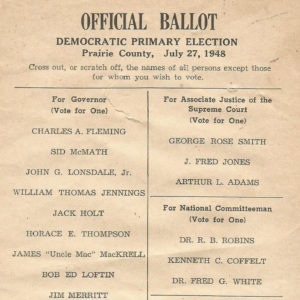 1948 Primary Ballot
1948 Primary Ballot
County: Prairie
 1948 Primary Ballot
1948 Primary Ballot
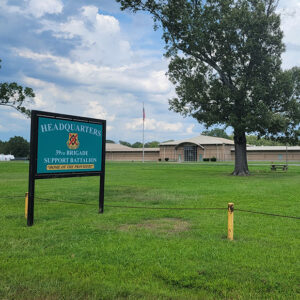 39th Brigade Support Battalion
39th Brigade Support Battalion
Agricultural Wheel
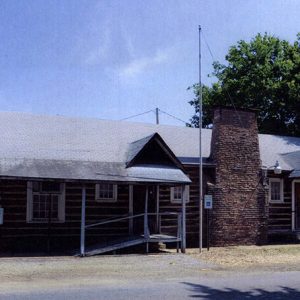 American Legion Des Arc
American Legion Des Arc
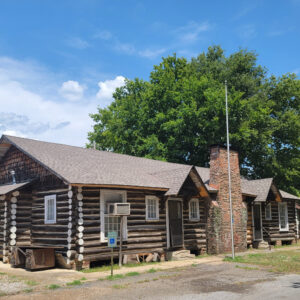 American Legion Hut
American Legion Hut
American Legion Hut (Des Arc)
aka: Burson-Bethel Post 119 American Legion Hut
Ashley’s Station, Action at
aka: Action at Jones' Station
aka: Action at DeValls Bluff
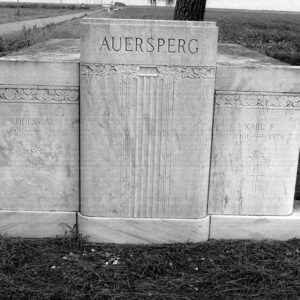 Auersperg Memorial
Auersperg Memorial
 Bailey Lynching Article
Bailey Lynching Article
Bailey, George (Lynching of)
 Bethel House
Bethel House
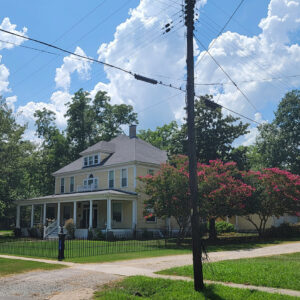 Bedford Brown Bethell House
Bedford Brown Bethell House
Biscoe (Prairie County)
aka: Fredonia (Prairie County)
 Button Display
Button Display
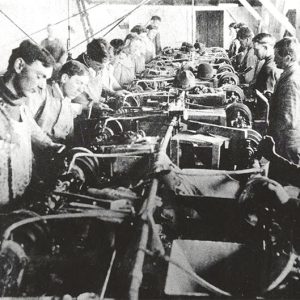 Button Factory
Button Factory
 Cache River
Cache River
 Cemetery Founders
Cemetery Founders
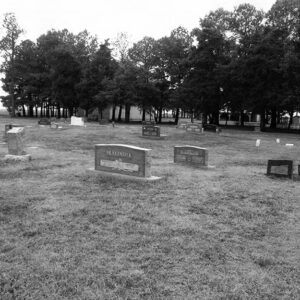 Cemetery Grounds
Cemetery Grounds
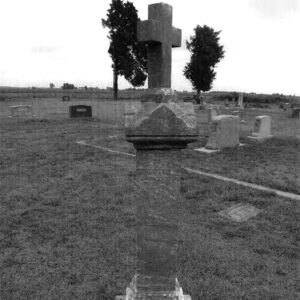 Cemetery Grounds
Cemetery Grounds
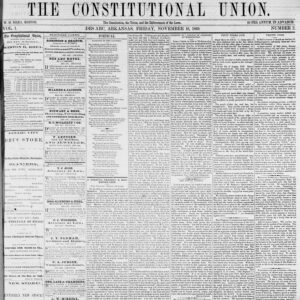 Constitutional Union
Constitutional Union
Czech National Cemetery
 Czech National Cemetery
Czech National Cemetery
Des Arc (Prairie County)
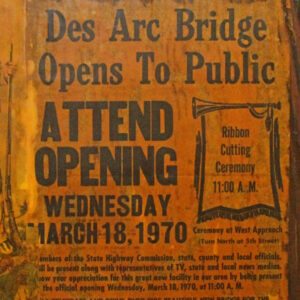 Des Arc Bridge Announcement
Des Arc Bridge Announcement
Des Arc and DeValls Bluff, Capture of
aka: Capture of DeValls Bluff and Des Arc
Des Arc Bayou, Action at
 Des Arc Bridge
Des Arc Bridge
 Des Arc Citizen
Des Arc Citizen
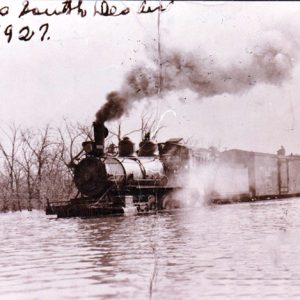 Des Arc Flood
Des Arc Flood
 Des Arc High School
Des Arc High School
 Des Arc Library
Des Arc Library
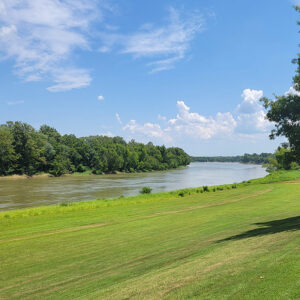 Des Arc Park
Des Arc Park
 Des Arc Post Office
Des Arc Post Office
 Des Arc Schools
Des Arc Schools
Des Arc Schools, Desegregation of
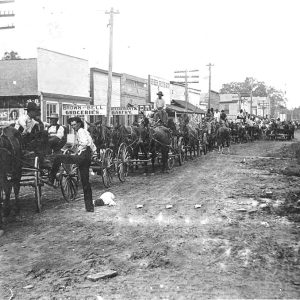 Des Arc Street Scene
Des Arc Street Scene
 Des Arc Street Scene
Des Arc Street Scene
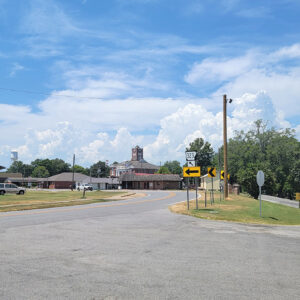 Des Arc Street Scene
Des Arc Street Scene
 Des Arc Water Tower
Des Arc Water Tower
 DeValls Bluff Steamboat
DeValls Bluff Steamboat
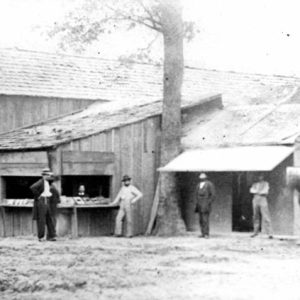 DeValls Bluff
DeValls Bluff
DeValls Bluff (Prairie County)
 Devalls Bluff
Devalls Bluff
 St. Elizabeth's Catholic Church
St. Elizabeth's Catholic Church
 DeValls Bluff Commemorative Sign
DeValls Bluff Commemorative Sign
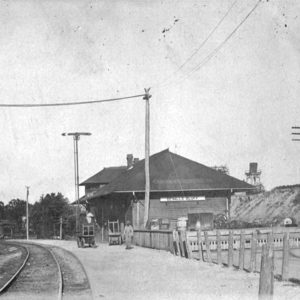 DeValls Bluff Depot
DeValls Bluff Depot
 DeValls Bluff Street Scene
DeValls Bluff Street Scene
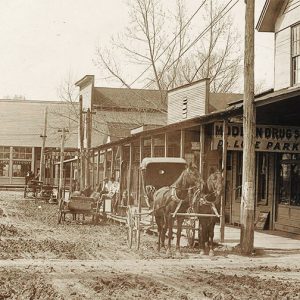 DeValls Bluff Street Scene
DeValls Bluff Street Scene
DeValls Bluff Waterworks
 DeValls Bluff Water Tower
DeValls Bluff Water Tower




